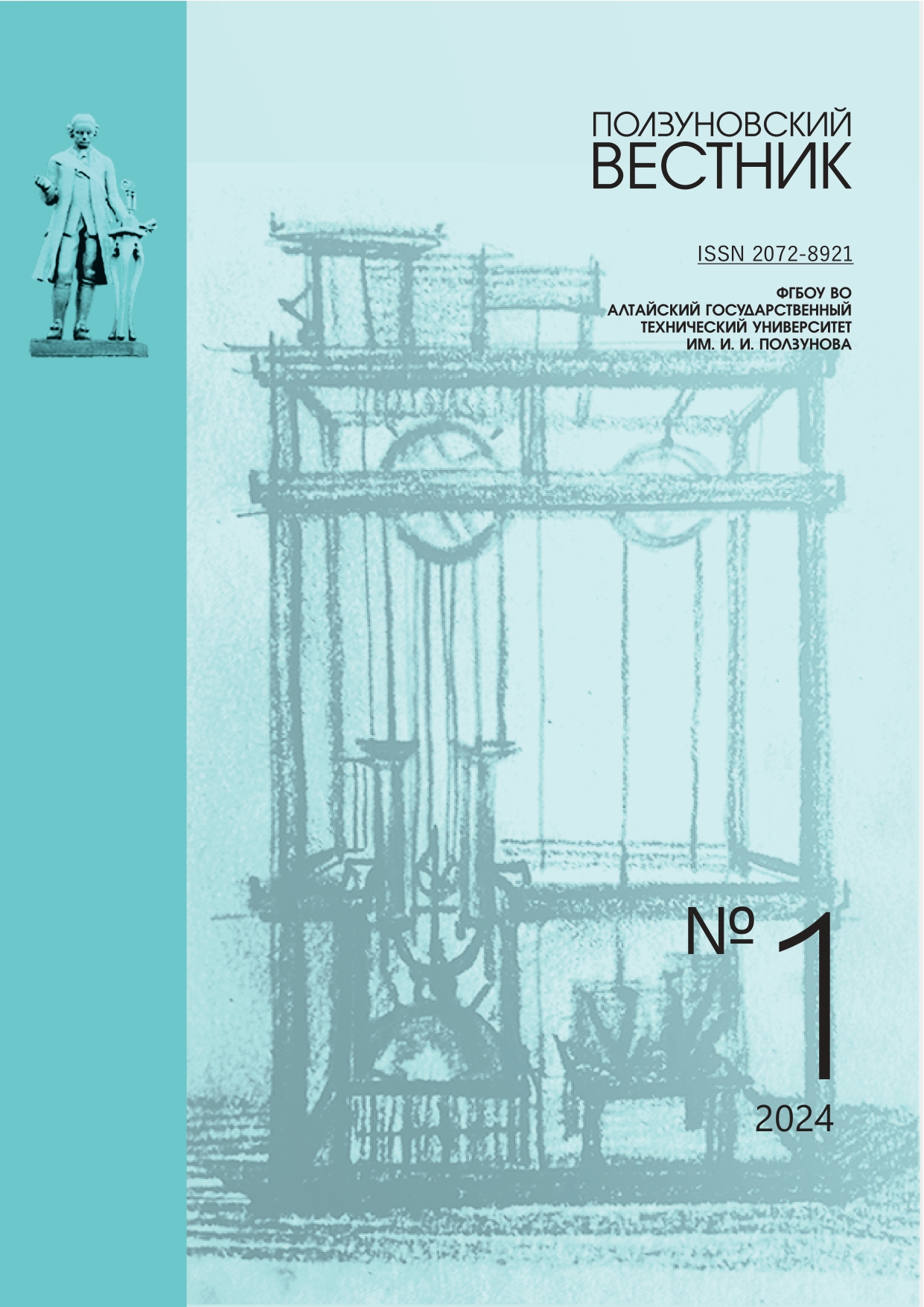COMPARATIVE CHARACTERISTICS OF THE EFFECTIVENESS OF TREATMENTS WITH ETHYLENE INHIBITORS AND ELECTROMAGNETIC FIELDS OF EXTREMELY LOW FREQUEN-CIES DURING STORAGE OF SLICED CABBAGE
ISNPMY
DOI:
https://doi.org/10.25712/ASTU.2072-8921.2024.01.016Abstract
White cabbage is one of the main vegetable crops in the Russian Federation. There are various ways to process and eat it, but in recent years, so-called “convenient products” have become increasingly popular among consumers. Among vegetable products, this category includes: sliced vegetables, ready-made salads, peeled vegetables in vacuum packaging. However, sliced vegetables are a perishable product, since due to damaged tissue and the lack of a protective shell, they have an increased vulnerability to microbiological spoilage, as well as a more active manifestation of physiological reactions (increased respiration rate, ethylene release), as a result of which the product quickly loses its consumer properties. In this work, the influence of two types of treatments - with the preparation "Smart-fresh" (as an ethylene inhibitor) and physical treatment by electromagnetic fields of extremely low frequencies (EMF ELF) - on the organoleptic and biochemical parameters of sliced white cabbage during storage was studied. It was found that samples treated with EMF ELF retained their marketable appearance 9 days longer than the control, and 5 days longer than those treated with the Smart-fresh preparation. The latter, in turn, retained their marketable appearance 4 days longer than the control, and also had the least weight loss. The effect of treatments on the preservation of biologically active substances was as follows: EMF ELF treatment reduced the loss of vitamin C by 1.6 % compared to the control, and increased the content of total sugars by 3.1%; the “Smart-fresh” preparation also reduced the loss of vitamin C by 1.1% compared to the control. Based on the research conducted, a method for treatment fresh sliced cabbage has been developed.
References
Федеральная служба государственной статистики: официальный сайт. Москва. URL: https://rosstat.gov.ru/enterprise_economy (дата об-ращения 02.03.2023).
Benedetti B. Storage of Minimally Processed Cabbage in Different Packaging Systems // Acta Horticulturae. 2010. № 29. Р. 597–602.
Pirovani M. Storage quality of minimally processed cabbage packaged in plastic films // Journal of Food Quality. 1997. № 20. Р. 381–389.
Raghavan G.S.V. System for Controlled At-mosphere Long-Term Cabbage Storage // International Journal of Refrigeration. 1984. № 7.1. Р. 66–71.
Сравнительная эффективность обработок биологическими препаратами и электромагнитными полями крайне низких частот при хранении корнеплодов моркови / Т.В. Першакова [и др.] // Международный журнал гуманитарных и естественных наук. 2018. № 7. С. 157–162.
Сравнительная эффективность обработок биологическими препаратами и электромагнитными полями крайне низких частот при хранении корнеплодов столовой свеклы / Е.Ю. Панасенко [и др.] // Международный журнал гуманитарных и естественных наук. 2018. № 11–2. С. 104–108.
Совершенствование процесса бланширования свеклы с применением СВЧ-обработки / Н.С. Шишкина [и др.] // Пищевая промышленность. 2019. №1. С. 28–31.
Родионова Н.С. Исследование параметров инновационной низкотемпературной термовлажностной обработки полуфабрикатов из ово-щей // Вестник ВГУИТ. 2012. № 4. С. 10–12.
Kim E.Y. Consecutive treatments of cold plasma and intense pulsed light for microbial decon-tamination of fresh cabbage slices in plastic contai-ners // International Journal of Food Microbiology. 2022. № 369. 109626.
Agrofresh: официальный сайт : https://www. agrofresh.com/solutions/smartfresh. (дата обращения 02.03.2023).
Downloads
Published
How to Cite
Issue
Section
License
Copyright (c) 2024 Tatiana V. Pershakova, Grigory A. Kupin, Tatiana V. Yakovleva, Elizaveta S. Semiryazhko, Anna A. Tyagusheva

This work is licensed under a Creative Commons Attribution 4.0 International License.















 .
. This work is licensed under a
This work is licensed under a 
